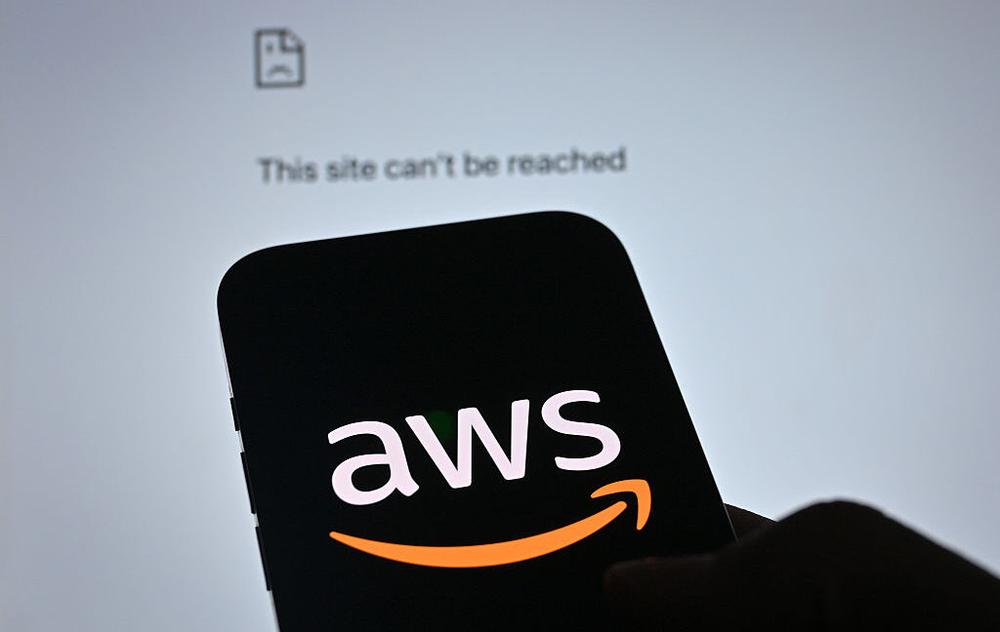On Monday afternoon, Amazon confirmed that an outage affecting Amazon Web Services’ cloud hosting, which had impacted millions across the Internet, had been resolved.
Considered the worst outage since last year’s CrowdStrike chaos, Amazon’s outage caused “global turmoil,” Reuters reported. AWS is the world’s largest cloud provider and, therefore, the “backbone of much of the Internet,” ZDNet noted. Ultimately, more than 28 AWS services were disrupted, causing perhaps billions in damages, one analyst estimated for CNN.
Popular apps like Snapchat, Signal, and Reddit went dark. Flights got delayed. Banks and financial services went down. Massive games like Fortnite could not be accessed. Some of Amazon’s own services were hit, too, including its e-commerce platform, Alexa, and Prime Video. Ultimately, millions of businesses simply stopped operating, unable to log employees into their systems or accept payments for their goods.
“The incident highlights the complexity and fragility of the Internet, as well as how much every aspect of our work depends on the Internet to work,” Mehdi Daoudi, the CEO of an Internet performance monitoring firm called Catchpoint, told CNN. “The financial impact of this outage will easily reach into the hundreds of billions due to loss in productivity for millions of workers that cannot do their job, plus business operations that are stopped or delayed—from airlines to factories.”
Amazon’s problems originated at a US site that is its “oldest and largest for web services” and often “the default region for many AWS services,” Reuters noted. The same site has experienced two outages before in 2020 and 2021, but while the tech giant had confirmed that those prior issues had been “fully mitigated,” apparently the fixes did not ensure stability into 2025.
ZDNet noted that Amazon’s first sign of the outage was “increased error rates and latency across numerous key services” tied to its cloud database technology. Although “engineers later identified a Domain Name System (DNS) resolution problem” as the root of these issues and quickly fixed it, “other AWS services began to fail in its wake, leaving the platform still impaired” as more than two dozen AWS services shut down.
At the peak of the outage on Monday, Down Detector tracked more than 8 million reports globally from users panicked by the outage, ZDNet reported.
Ken Birman, a computer science professor at Cornell University, told Reuters that “software developers need to build better fault tolerance,” suggesting Amazon could have done more to prevent the latest outage.
“When people cut costs and cut corners to try to get an application up, and then forget that they skipped that last step and didn’t really protect against an outage, those companies are the ones who really ought to be scrutinized later,” Birman told Reuters.
For Amazon, the backlash risks hitting its bottom line hard if too many customers pivot to other cloud technology providers. Financial services firms, which may be the most risk-averse of Amazon’s customers, think the solution might be a “multi-cloud” strategy, “distributing critical workloads across two or more major providers, such as AWS, Microsoft Azure, and Google Cloud,” Forbes reported.

 No plans for Putin-Trump meeting in 'immediate future,' media reports
No plans for Putin-Trump meeting in 'immediate future,' media reports